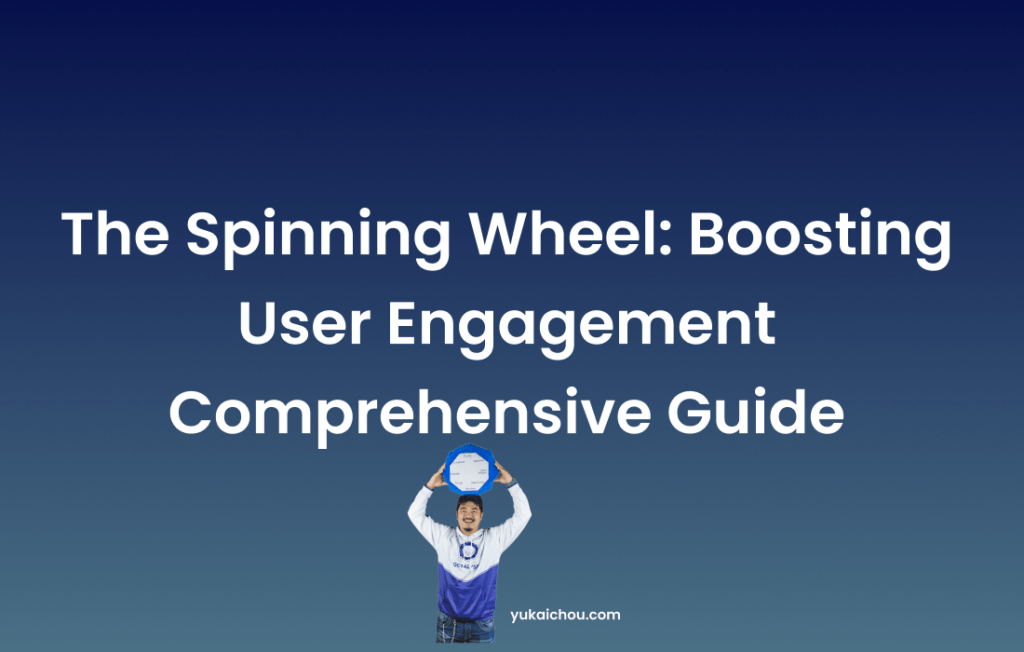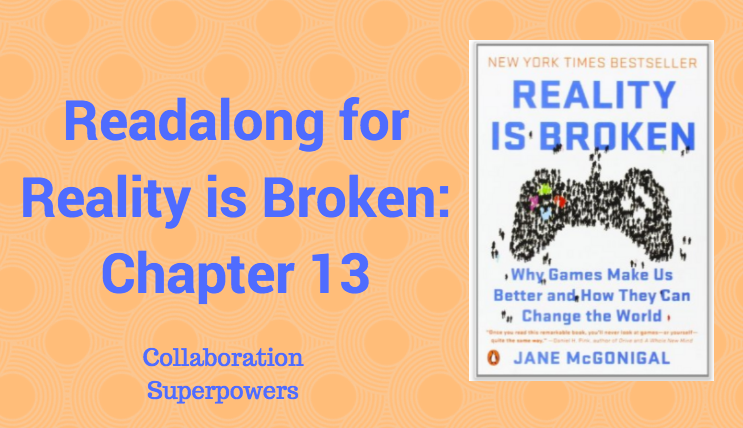In the world of gamification, there’s an array of techniques and tools that can be employed to encourage user engagement and create memorable experiences. Today, we’ll be focusing on a variation of the Mystery Box game design called the spinning wheel. This captivating game technique has a lot to offer, but it’s essential to understand its unique features and limitations to maximize its effectiveness.
A Closer Look at the Spinning Wheel (Game Technique #91)
The spinning wheel is a circular wheel with a variety of rewards displayed around the edges. Users spin the wheel, and a needle at the top indicates the reward they will receive when the spinning stops. While the spinning wheel shares similarities with a traditional Mystery Box design, there are a few key differences that set it apart:
- Scarcity and Desire: The spinning wheel showcases all potential rewards, allowing users to see what they might win. This creates a sense of scarcity and desire, as users can identify the rewards they want the most and hope to win them.
- Joy of Anticipation: The spinning wheel builds excitement as it gradually slows down, almost landing on a desired reward before moving to another. This element of suspense adds an extra layer of engagement and motivation, making users eager to try their luck again.
- Transparent probability: Unlike Mystery Boxes, the spinning wheel visibly shows users the likelihood of receiving each reward. This transparency can be an advantage or a limitation, depending on your goals and target audience.
- Attention-grabbing: A spinning wheel is an eye-catching game element that naturally draws people in. Its mere presence can generate interest and curiosity, making users eager to participate.
However, the spinning wheel also has its limitations:
- Fewer potential rewards: Unlike a treasure box design, a spinning wheel has limited space to display rewards, restricting the number of potential prizes you can offer.
- Gambling associations: The spinning wheel can evoke feelings of gambling, which may not be suitable for all audiences or environments, such as targeting younger users or corporate settings that prefer a more conservative approach.
- It takes much longer to reveal the reward from the Spinning Wheel compared to the normal Mystery Box because it takes time to spin, slow down, and land on a reward. If there is a lot of Spinning Wheels to run through before an important activity, this could eat up a lot of time.
Implementing the Spinning Wheel in Your Project
As you consider incorporating a spinning wheel into your project, think about the pros and cons I’ve shared and weigh them against your goals and target audience. Here are some guidelines for implementing the spinning wheel in your project:
- Identify appropriate opportunities for Mystery Box designs: Consider where Mystery Box designs could be suitable within your project and evaluate whether the spinning wheel could be a more engaging alternative. For instance, if you already have a reward system in place, explore the possibility of incorporating the spinning wheel as a fresh and exciting way to distribute rewards.
- Customize the spinning wheel for your audience: Adapt the spinning wheel to suit your target audience’s preferences, ensuring that it aligns with their values and expectations. This may involve selecting appropriate rewards, adjusting the design to match your brand identity, or incorporating elements that resonate with your audience’s interests.
- Maintain authenticity and transparency: While it’s tempting to tweak the spinning wheel’s probabilities, remain transparent and authentic to create a positive user experience. Users appreciate honesty and fairness, so avoid manipulating the odds in a way that feels deceptive or unfair. Instead, focus on providing a fun and engaging experience that keeps users coming back for more.
- Evaluate the effectiveness of the spinning wheel: Monitor user engagement with the spinning wheel and gather feedback to refine and optimize its implementation. Keep track of key metrics, such as user retention, frequency of spins, and overall satisfaction, to determine the spinning wheel’s impact on your project.
- Balance the spinning wheel with other game techniques: While the spinning wheel can be a powerful tool for driving engagement, it’s essential to strike a balance with other game techniques to create a well-rounded user experience. Overreliance on any single game mechanic can lead to fatigue or diminished returns. By incorporating a diverse range of game techniques, you can ensure that your project remains engaging and appealing to a broad audience.
- Consider the legal and ethical implications: Depending on your project’s nature and target audience, there may be legal and ethical considerations to take into account when implementing a spinning wheel. For instance, if your project targets children, it’s crucial to ensure that the spinning wheel doesn’t promote gambling or any other behavior that might be deemed inappropriate. Similarly, if your project is designed for a corporate environment, take care to avoid elements that might be considered too “frivolous” or “unprofessional.”
- Leverage the power of scarcity: One of the spinning wheel’s most potent psychological drivers is the feeling of scarcity it creates. To capitalize on this, consider offering limited-time rewards or exclusive prizes that can only be won through the spinning wheel. By creating a sense of urgency and exclusivity, you can encourage users to engage with the spinning wheel more frequently and build anticipation for future spins.
In conclusion, the spinning wheel can be a powerful and engaging game design technique when implemented thoughtfully and strategically. By understanding its unique characteristics and limitations, you can tailor the spinning wheel to suit your project’s needs and create a captivating user experience that keeps your audience coming back for more.








